JEDDAH: After several years in the making, Jeddah’s Islamic Arts Biennale is offering visitors from across the Kingdom and around the globe ‘eye-opening’ access to Islamic art.
Themed “Awwal Bait,” or “The First House,” the event is taking place at the 1983 Aga Khan award-winning Western Hajj Terminal, which began accepting guests on the Jan. 23 launch.
The 118,000-square-meter space is housing five galleries, two pavilions and one grand canopy, 280 artifacts, as well as more than 50 new commissioned artworks from around the Muslim world.
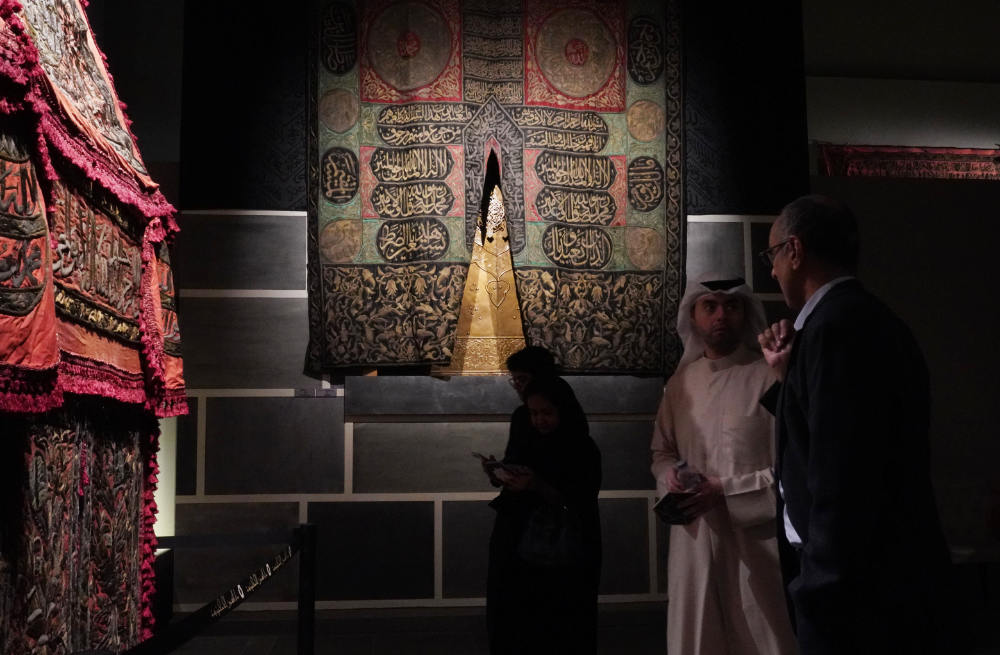
The inaugural Islamic Arts Biennale is showcasing 280 rare and priceless artifacts. (Photo/Diriyah Biennale Foundation)
Rakan Al-Touq, the vivacious vice chair of the Diriyah Biennale Foundation, and also general supervisor of cultural affairs and international relations at the Ministry of Culture, hailed the event’s launch success.
Wearing a crisp white thobe and flashing a genuine smile, Al-Touq was visibly moved by how the event came together.
“We were super excited — this is a project a few years in the making, since 2019. It’s also been a passion project for me, personally. And we have a stellar group of people who came together for this project — a small but mighty team,” he told Arab News.
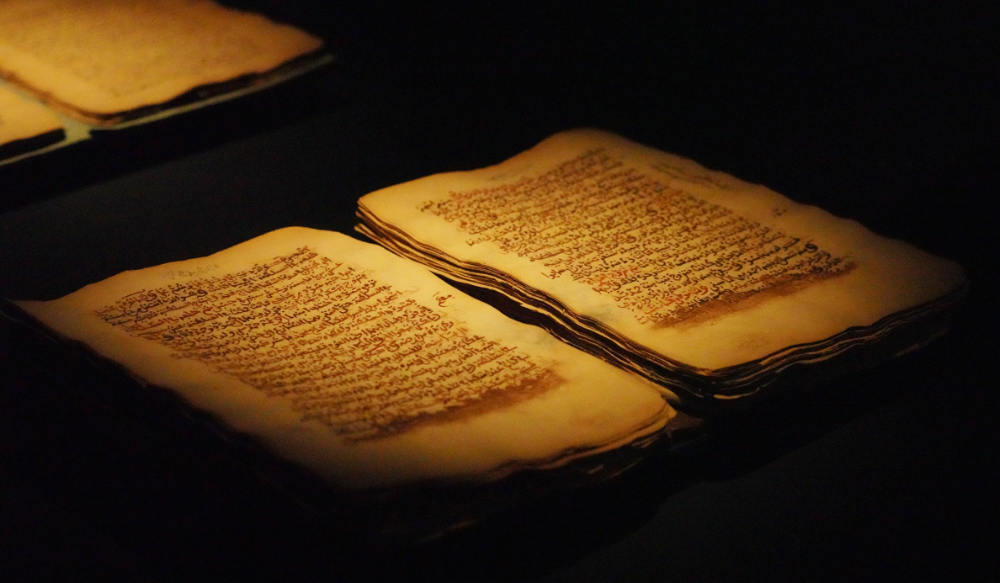
The inaugural Islamic Arts Biennale is showcasing 280 rare and priceless artifacts. (Photo/Diriyah Biennale Foundation)
Al-Touq stressed the need for non-commercial experiences in which all hands are brought on deck to elevate concepts and cultures within Islamic art.
Bringing together never-before-seen priceless artifacts juxtaposed with freshly commissioned contemporary pieces within the space was like building a jigsaw puzzle from scratch, he added.
FASTFACTS
• Bringing together never-before-seen priceless artifacts juxtaposed with freshly commissioned contemporary pieces within the space was like building a jigsaw puzzle from scratch, said Rakan Al-Touq, the vice chair of the Diriyah Biennale Foundation.
• The Islamic Arts Biennale is also meant to serve as a global reframe of Islamic art as a discipline, with the diversity of curators at the Islamic Arts Biennale a notable achievement.
To create a cohesive and visually stunning space in which different areas and sensibilities were represented was quite a feat, Al-Touq said. Securing the iconic location to launch the world’s very first Islamic biennale was also significant to him and the team, he added.
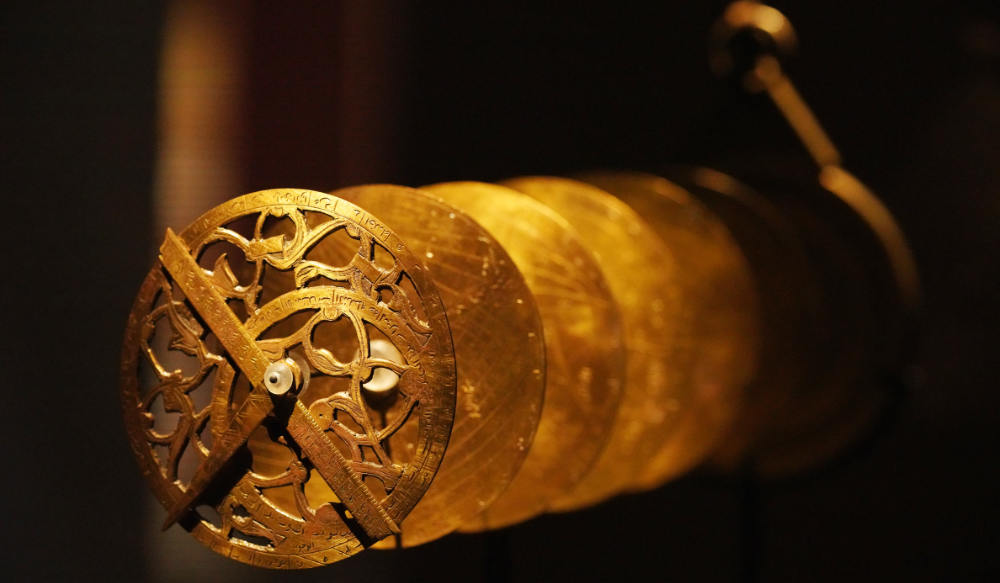
The inaugural Islamic Arts Biennale is showcasing 280 rare and priceless artifacts. (Photo/Diriyah Biennale Foundation)
Al-Touq said that the cooperation and support from the Saudi leadership, including Prince Badr Al-Saud, the minister of culture and governor of the Royal Commission for AlUla, has ensured the success of the monumental project.
The vice-chair’s praise went beyond the glamorous opening night ceremony, attended by many members of the royal family and public.
He took pride in the fact that half of the artists taking part in the event are Saudi.
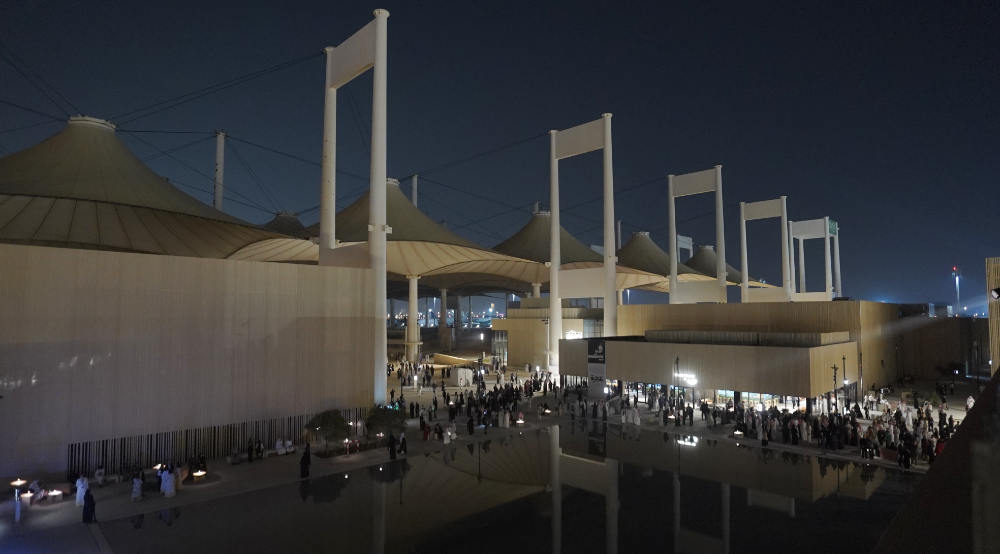
The inaugural Islamic Arts Biennale is showcasing 280 rare and priceless artifacts. (Photo/Diriyah Biennale Foundation)
“In 2019, we were planning for 2023 and the meeting point of doing something that is so, frankly, related to the identity of the Ministry of Culture and to Saudi Arabia, in a format that has never been done.
“To think about a biennale format for Islamic arts, that can bring together ancient history and current, and hopefully inspire future productions of art, just felt like the right thing to do.
We’re just really moved and we just feel like students, wide-eyed observing and learning, and taking it all in. It’s going to be amazing to take that all back into our classrooms.
Dr. Stephennie Mulder, Professor in Islamic Art at University of Austin, US
“The team and the Diriyah Biennale Foundation started looking at options of locations and how we ended up here at the Hajj Terminal is also an important thing,” Al-Touq said.
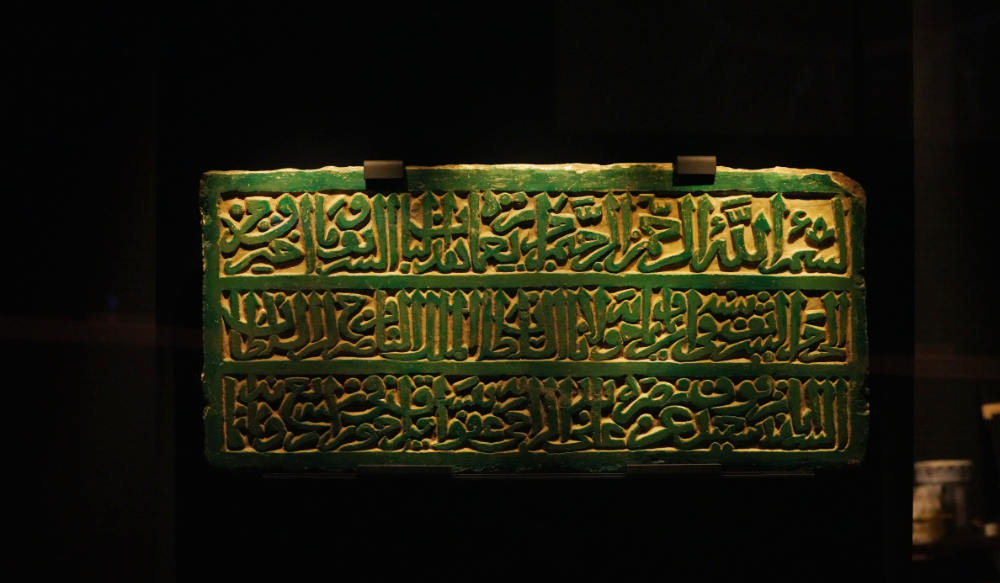
The inaugural Islamic Arts Biennale is showcasing 280 rare and priceless artifacts. (Photo/Diriyah Biennale Foundation)
CEO of the Diriyah Biennale Foundation Aya Al-Bakree, Al-Touq’s co-pilot in launching the event, said: “We are keen for people to join the dialog and experience the sense of community that the faith can evoke through art.”
The Islamic Arts Biennale is also meant to serve as a global reframe of Islamic art as a discipline , with the diversity of curators at the Islamic Arts Biennale a notable achievement.
Jennifer Pruitt, assistant professor in Islamic Art History at the University of Wisconsin, Madison, traveled from the US to the Kingdom to visit the biennale with her friend, Dr. Stephennie Mulder, a professor in Islamic Art at the University of Austin, US.
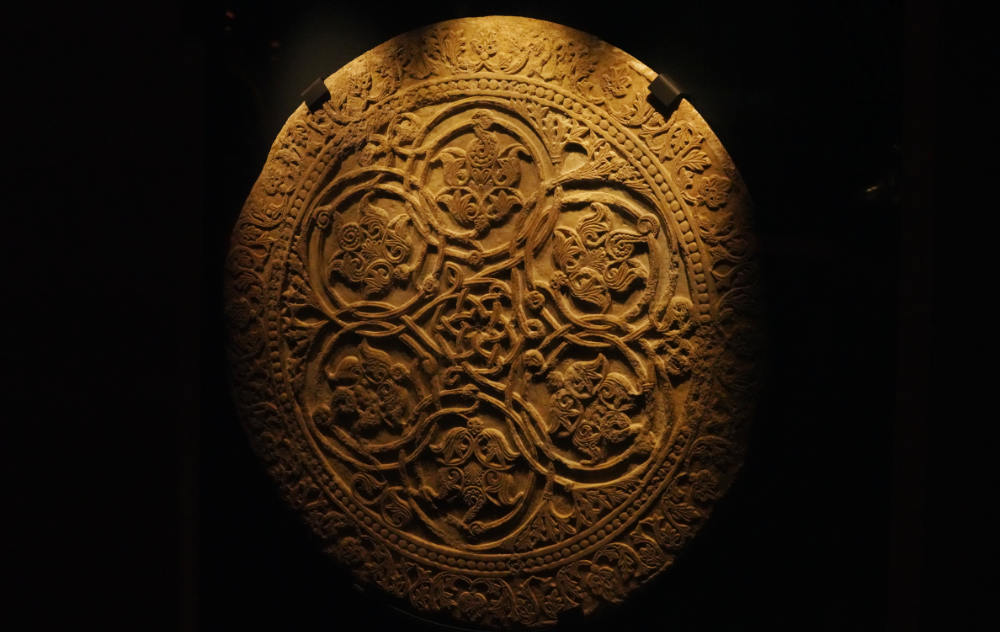
The inaugural Islamic Arts Biennale is showcasing 280 rare and priceless artifacts. (Photo/Diriyah Biennale Foundation)
Although immersed in the Middle East through their work, the two had very few expectations but were cautiously optimistic about their first visit to the Kingdom.
Before basking in the works displayed at the Islamic Arts Biennale, they spent eight whirlwind hours in Madinah and managed to explore AlUla before arriving in Jeddah.
“It's been a really exciting and overwhelming experience. My friend and I are here together and we’re both professors of Islamic arts. We’ve read about this space — we’ve read about Saudi Arabia,” Pruitt said.
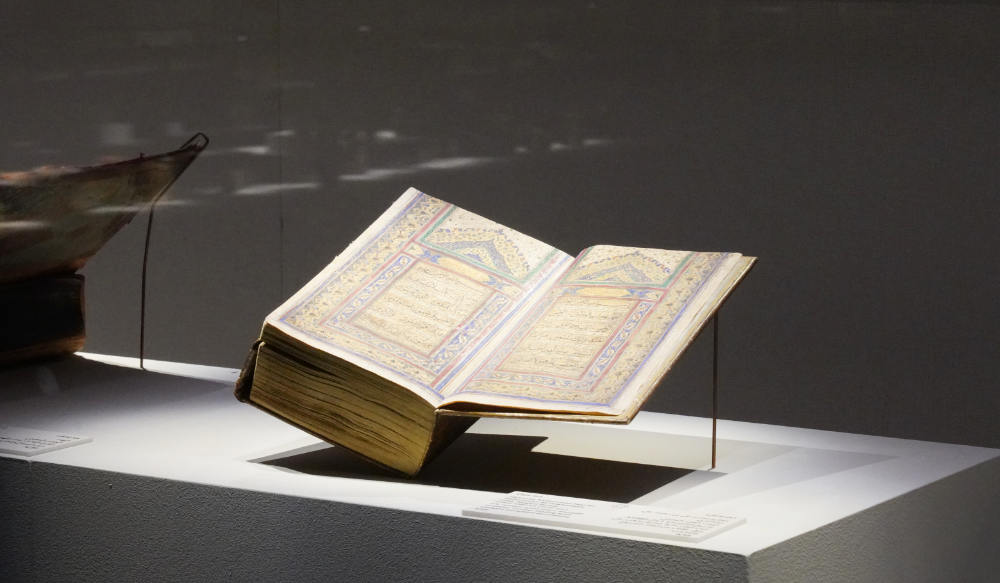
The inaugural Islamic Arts Biennale is showcasing 280 rare and priceless artifacts. (Photo/Diriyah Biennale Foundation)
“I knew that people would be friendly and warm, which everyone has been, in fact. We were commenting on the fact that unlike any trip we’ve taken, we literally haven’t encountered anyone that has been rude or annoying.
“Really everyone has been exceptionally warm and forthcoming,” she told Arab News.
“We’ve been to a lot of Islamic art shows and I think I think we all … we both agree that this is kind of in a really high category of quality and ambition, and execution,” she added.
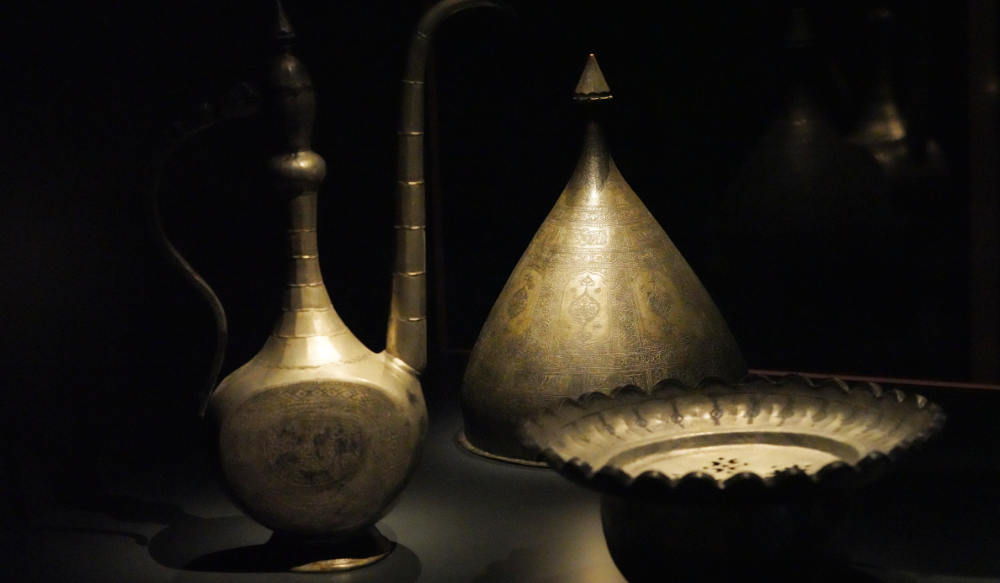
The inaugural Islamic Arts Biennale is showcasing 280 rare and priceless artifacts. (Photo/Diriyah Biennale Foundation)
The pair’s trip to Madinah was eye-opening — something that they were happy to experience first before venturing to the biennale.
“It was really powerful to see people kind of streaming to this sacred spot in Madinah. It was incredibly moving,” Mulder told Arab News.
“What we teach in our classes, which is that the power of Islam is all of these people converging like that … that that the power is not in the relic or in the architecture, but in these places where people pray … and I think that was really embodied seeing all these people from all over the world streaming into Madinah,” she added.
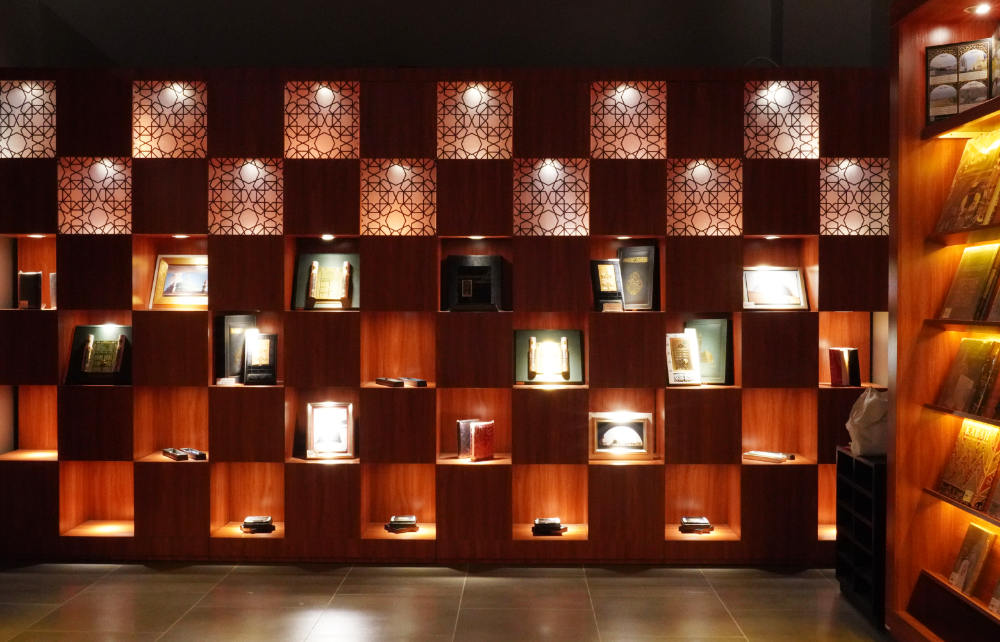
The inaugural Islamic Arts Biennale is showcasing 280 rare and priceless artifacts. (Photo/Diriyah Biennale Foundation)
Due to earlier periods of restrictions, Saudi Arabia had been absent from the center of the Islamic art world for a long time.
But the Kingdom’s Vision 2030 and the introduction of tourist visas as well as academic trips has sought to change that.
“For me, like Jennifer, I just wanted to come here and be a student, and learn and observe,” Mulder said.
“We have this feeling that we’re here at the moment … of a people really discovering and being proud of and being able to construct their national narrative collectively.
“And having the freedom to do that — maybe for the first time very openly, and with a kind of joy.”
Both professors said that the enriching experience has encouraged them to change the way they teach upon their return to the US.
Although a picture is worth a thousand words, the pair said that Islamic art archive images are often “sterile,” and fail to encapsulate the feeling of experiencing art in person.
The sensation of standing beneath a monument while the Adhan (call to prayer) reverberates cannot be replicated through archives, they said.
The two professors are also keen to work and collaborate with Saudi archaeologists.
“We’re just really moved and we just feel like students, wide-eyed observing and learning, and taking it all in. It’s going to be amazing to take that all back into our classrooms,” Mulder said.
“I’m going to teach differently now; it’s kind of been percolating for a few days. I was telling Jennifer, even to have photographs of things we didn’t know before.
“We’re both architectural historians — it’s really important for us to have a sense of space and how people move through it.”
The biennale is free of charge for all visitors. It is also hosting 117 education workshops and more than 25 panel discussions.
The public programming schedule, including talks and screenings, is updated in real time.
The Islamic Arts Biennale, launched to the public on Jan. 23, will remain open until April 23.
Tickets can be booked via the official Diriyah Biennale website and on social media channels.
The space is open for visitors to roam the grounds and exhibits between 11 a.m. and 11 p.m. on Saturdays, Sundays and Thursdays, and between 2 p.m. and 11 p.m. on Fridays.















